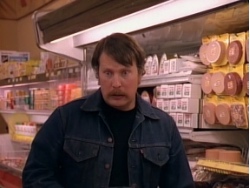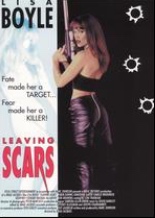
 Perhaps the title Leaving Scars refers to star Lisa Boyle’s boob job? The Plasticine, pneumatic Playboy model headlines this would-be thriller as Diane, a bitchy, cocaine-snorting actress who runs for her life after goons discover she’s in possession of a computer disk. The in-demand object was given to her by a friend at a party minutes before said pal was killed for it.
Perhaps the title Leaving Scars refers to star Lisa Boyle’s boob job? The Plasticine, pneumatic Playboy model headlines this would-be thriller as Diane, a bitchy, cocaine-snorting actress who runs for her life after goons discover she’s in possession of a computer disk. The in-demand object was given to her by a friend at a party minutes before said pal was killed for it.
At least Diane doesn’t have to play the fugitive game alone; she’s accompanied by some average Joe named Michael (Robin Downs, whose only other credit is 2004’s Retreat). They meet cute at the party when they both have to vomit. At first, they mix like vinegar and water, but well before the 90 minutes are up, they share a blue-tinted, soft-music sex scene — a given with Boyle, aka Cassandra Leigh, direct-to-video veteran of such Skinemax programming as Caged Heat 3000, I Like to Play Games and Dreammaster: The Erotic Invader. We learn that Boyle’s phony breasts are so far apart, her plastic surgeon could have fit two more breasts between them.
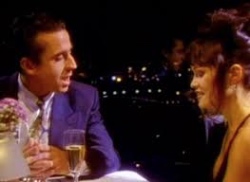 Leaving Scars leaves plot holes. Viewers are left not knowing exactly who’s who and what’s what, partly because director Brad Jacques (whose 2001 follow-up, Pray for Power, also stars Boyle) does us no favors by casting three eerily similar-looking guys in the supporting roles. As our lead, Boyle is unappealing on so many levels that you wish the killers would succeed; Shannon Whirry, she is not.
Leaving Scars leaves plot holes. Viewers are left not knowing exactly who’s who and what’s what, partly because director Brad Jacques (whose 2001 follow-up, Pray for Power, also stars Boyle) does us no favors by casting three eerily similar-looking guys in the supporting roles. As our lead, Boyle is unappealing on so many levels that you wish the killers would succeed; Shannon Whirry, she is not.
If you happen to catch Leaving Scars on DVD, go about nine-point-five minutes into chapter six, when the director and producer’s commentary — yes, this cheapie demanded a commentary — is interrupted by the arrival of the pizza they ordered! They spend about a minute trying to find the required $10.60 to pay for it, then proceed to make disgusting smacking noises as they attempt to simultaneously chat and chew. During one of the lengthy sex scenes, one of the filmmakers even lets out a deep belch while the other is gabbing. The moment is surreal, yet better than any of the film itself. —Rod Lott


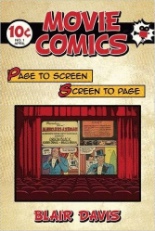
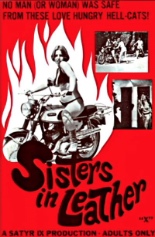
 Zoltan G. Spencer was nothing if not efficient. His softcore
Zoltan G. Spencer was nothing if not efficient. His softcore 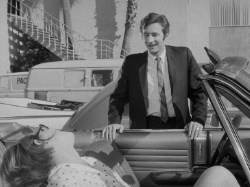
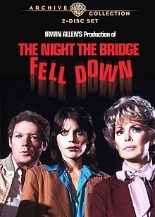
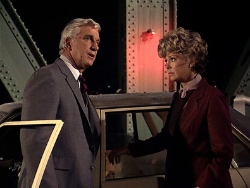
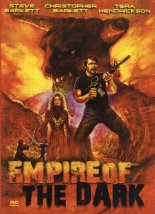
 Twenty years after beefy cop Richard Flynn (Steve Barkett,
Twenty years after beefy cop Richard Flynn (Steve Barkett, 